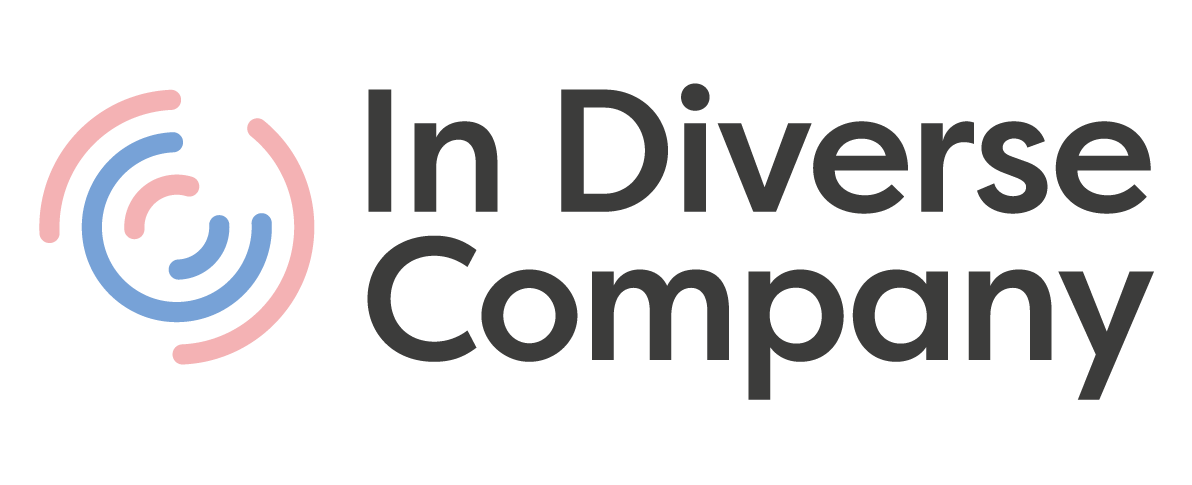By Margherita Mura
To quote author Shirley Engelmeier: “Inclusion is a call to action within the workforce that means actively involving every employee’s ideas, knowledge, perspectives, approaches, and styles to maximize business success.”
The business case for diversity and inclusion has become increasingly evident to organisations – according to a 2018 study by McKinsey, ethnically diverse companies are 33 percent more likely to achieve profits that surpass their industry benchmarks, while gender-inclusive companies have a 21 percent higher chance to realise better earnings than industry medians.
However, too often companies see diversity as a numbers game rather than focusing on creating an inclusive environment that fosters diversity. At In Diverse Company, we believe that creating an inclusive culture is what ultimately allows an organisation to become diverse and reap the full benefits of a workforce that brings different backgrounds, experiences and opinions to the table.
The inefficiency of traditional D&I measures has come under scrutiny in the past year. Organisations have made considerable investments in programs such as diversity training – about $8 billion a year is spent on this type of training in the United States, and tech firms alone have made an estimated $0.8-1.2 billion collective investment in D&I training programmes between 2011 and 2016., according to a report by Dalberg and Intel .
However, most of these efforts are not effective in leading to more inclusivity in the workforce, and some experts have even theorized they are having a detrimental effect on diversity outcomes. In a global survey conducted by Boston Consulting Group in 2018 on 16500 employees, 97% of participants indicated that their company had a diversity program in place, however only 25% of employees belonging to traditionally underrepresented groups said they had benefited from such programs.
One of the most popular variants of diversity training is unconscious bias training, usually a one-off training session that is meant to address unconscious behaviour and beliefs. Many have argued against this method because of its short-term effects on awareness and its failure to impact behaviour.
The general stagnation of diversity numbers has pushed companies to seek longer-term solutions that address inclusion as a systematic workplace issue rather than treating diversity as a problem related exclusively to talent sourcing and turnover rates.
Workplace behaviour is often influenced by company culture, however the culture itself is a product of the behaviour of all company employees. Only through a cultural shift can a company foster inclusion and eventually earn the rewards of a diverse workforce.






